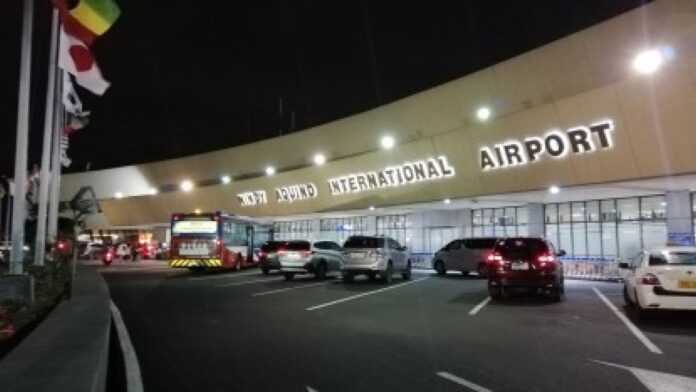On July 5, Duterte Youth Party-list Representative Ducielle Cardema refiled a bill seeking to rename Ninoy Aquino International Airport (NAIA) to its original name, Manila International Airport (MIA).
In House Bill 1253’s explanatory note, Cardema said that the name of the country’s international gateway should not have been “politicized in the first place.”
Cardema was referring to Republic Act No. 6639, a law that renamed the airport after the late senator and opposition leader, Benigno “Noynoy” Aquino, Jr., who was assassinated at the Manila International Airport on August 21, 1983.
The law was passed during the term of then-President Corazon Aquino. Cardema described the law as a political move in connection with Aquino’s husband.
Cardema said renaming NAIA to Manila International Airport would allow foreigners to easily identify the airport and give a sense of pride to the country’s capital city.
“Our nation’s capital is named Manila, therefore our country’s international gateway to the world must be known as the Manila International Airport as a sense of pride for our country’s capital and for foreigners to easily locate our main gateway when traveling to our country and across the world,” Cardema said.
Meanwhile, Negros Oriental Third District Representative Arnolfo Teves, Jr. also filed a bill that seeks to rename NAIA to Ferdinand E. Marcos International Airport.
In House Bill 610, Teves said it is “more appropriate” to rename the airport after the person who contributed to the conceptualization and execution of the project. He also noted that the airport was done during the term of Marcos, Sr.
“This project was done during the time of the presidency of Ferdinand Marcos Sr. It is more appropriate to bear the name that has contributed and [left] legacy in our country to make the Philippines a center of international and domestic air travel, who has instituted and built or conceptualized the project in making it the pride of our country,” Teves said in the bill’s explanatory note.
On Manila International Airport Authority (MIAA)’s website, it is indicated that the country’s premier airport opened in 1948 under the administration of President Manuel Roxas.
In 1953, MIA’s international runway and associated taxiway were built. The control tower and terminal building for international passengers were completed in 1961.
In 1972, Marcos, Sr. signed Executive Order No. 381, which authorized the development of MIA.
Photo Credit: Philippine News Agency


